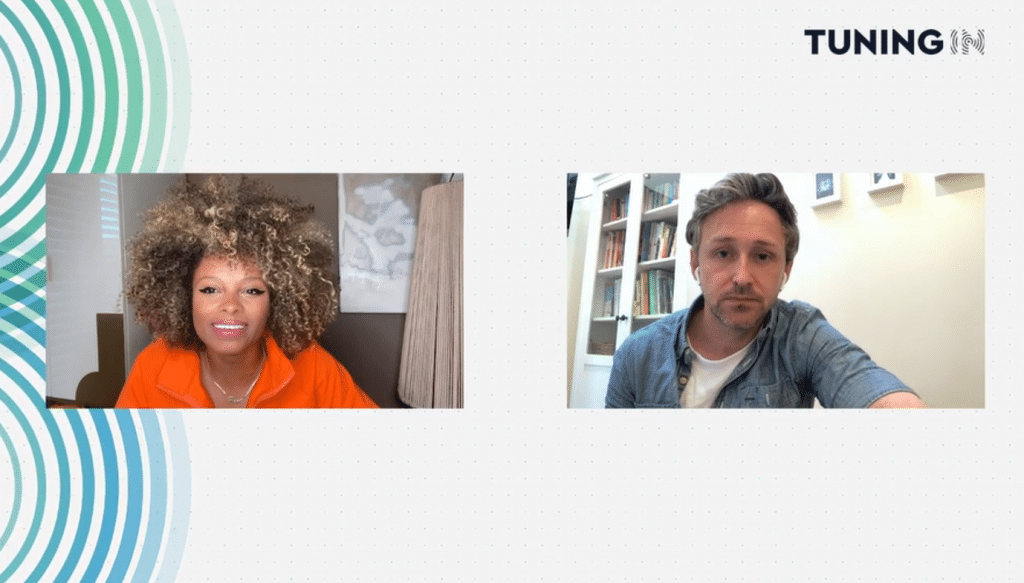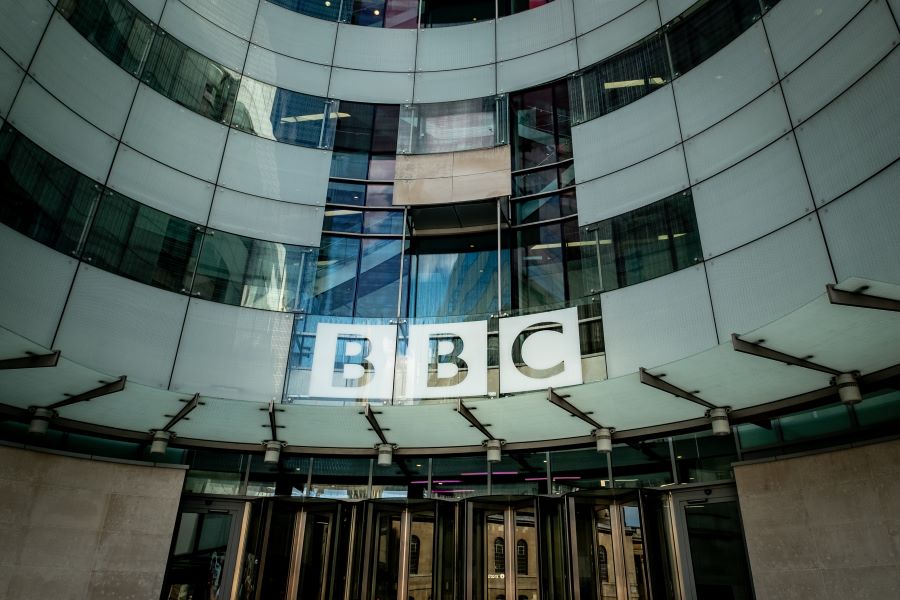
Tuning in Finance – why brands can bank on radio advertising

Tuning In Finance, Radiocentre’s specialist livestream event for the finance sector, explored how brands can bank on radio, with a line-up of presentations from the worlds of both finance and media.
Chris Clark, the former CMO of HSBC, and now a consultant and non-executive director at Aviva, explored how the finance market has been affected by COVID-19. He told marketers in the sector: “You have an astonishing opportunity to tell your story. You have to go and embrace authenticity, but you can’t fake this stuff.”
Clark urged finance marketers to consider the “astonishing choice of places to tell your story these days” and especially that “the aural media landscape has had a fantastic renaissance in recent times.” He encouraged marketing departments to “pick media partners who are up for other ways of thinking” and to see the opportunities that lie in the pace of change that surround the finance sector.
Lucy Barrett, Radiocentre’s client director, provided an overview of commercial radio’s close and trusted relationship with its 36 million listeners, each listening to an average of 13 hours a week. She described the growth of on-demand music and podcasts since 2016, emphasising that live radio continues to dominate with 75% of total audio listening. Significantly, 38% of commercial radio listeners increased their listening over the lockdown period. And, she concluded: “It feels like relaxation of lockdown is going to release a lot of pent-up consumer demand.”
We kick off #TuningIn Finance with @LucyBarrett's overview of the audio market.
Lucy says radio still dominates the wider audio landscape, with 75% of total listening day. pic.twitter.com/XR6YvF8fuq
— Radiocentre (@Radiocentre) July 7, 2020
Mark Barber, Radiocentre’s Planning Director, examined how radio can help finance brands to invest their advertising budgets more effectively, explaining that campaigns that incorporate radio grow market share four-times faster than those that don’t. He also demonstrated how radio will help in times to come, “when the scale of brands switching will be widespread,” by boosting cut-through for finance brands when used as part of the wider media mix – ad awareness rising by 36%, relevance by 29%, and consideration 13%.
Demonstrating that radio is a highly responsive medium for finance brands – providing a 70% uplift for online browsing for insurance brands – Barber also revealed its impact on the bottom line. Radio’s effective ROI for finance brands means that it pays back £1.76 profit for every pound spent.
“It’s clear that incorporating radio into the mix can really make a difference in helping finance companies to feel bullish again,” he concluded.
#TuningIn @mark_barber shows how radio can help finance advertisers, providing a much higher share of voice than other media. pic.twitter.com/XNM5Os7o98
— Radiocentre (@Radiocentre) July 7, 2020
Jo McCrostie, Global’s Creative Director, followed with analysis of how creative tone can help finance brands in a period of disruption. Showing how HSBC achieved this through strongly differentiated music, together with casting and direction that provided a real connection with customers, she also looked at Mastercard’s delivery of brand standout and consistency through radio advertising.
"As we move out of lockdown… it's going to become even more important to create distinct communications that are consistent with your brand"@global's @jomccrostie discuss audio branding for finance organisations at #TuningIn Finance. pic.twitter.com/2sp5Ky9kuZ
— Radiocentre (@Radiocentre) July 7, 2020
Judith Spilsbury, Head of Training and Special Projects at Radiocentre, then focused on how to make finance Terms & Conditions (Ts&Cs) more effective in radio advertising. She described how finance is second only to the motors sector in terms of using the most words in radio ad Ts&Cs – with an average of 20 per spot. And she pointed to research that shows that less than 4% of listeners recall really important information when buried in too much detail. Marketers can view the FCA Industry Guidance on the Radiocentre website.
Ts&Cs need to be efficient, in order to communicate the key information with listeners, says @JudithSpilsbury #TuningIn pic.twitter.com/B3fcv8UVcN
— Radiocentre (@Radiocentre) July 7, 2020
Fleur East, the Hits Radio Breakfast Presenter and music artist, joined Paul Gerrard, the Hits Radio Programming Director, to discuss the challenges of broadcasting a live show during lockdown conditions, providing authentic, trusted connections with listeners, and how branded content is reaching the breakfast audience in a real-time, live environment.
The Tuning in Finance session was concluded by Kamilah Kamara, Radiocentre’s Insight Manager, who showcased how the finance sector can make the most effective use of audio brand assets. Her examples included Lloyds Bank, with its consistent use of the song ‘You’re Not Alone’, and Mastercard, which spent two years developing its sonic identity.
Audio should play an important role for financial brands, says Kamilah Kamara, showcasing some great examples #TuningIn pic.twitter.com/rQmIyIWtdQ
— Radiocentre (@Radiocentre) July 7, 2020


